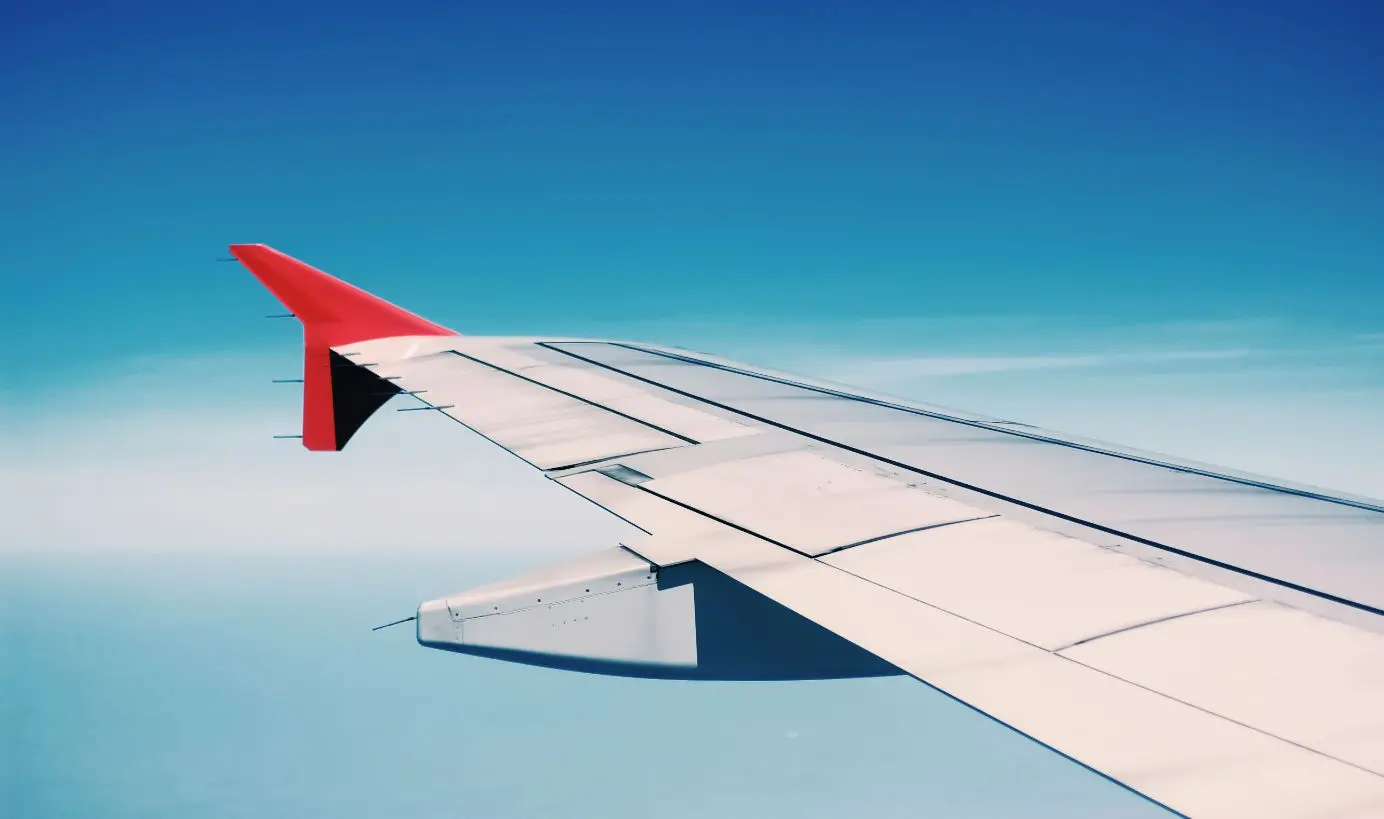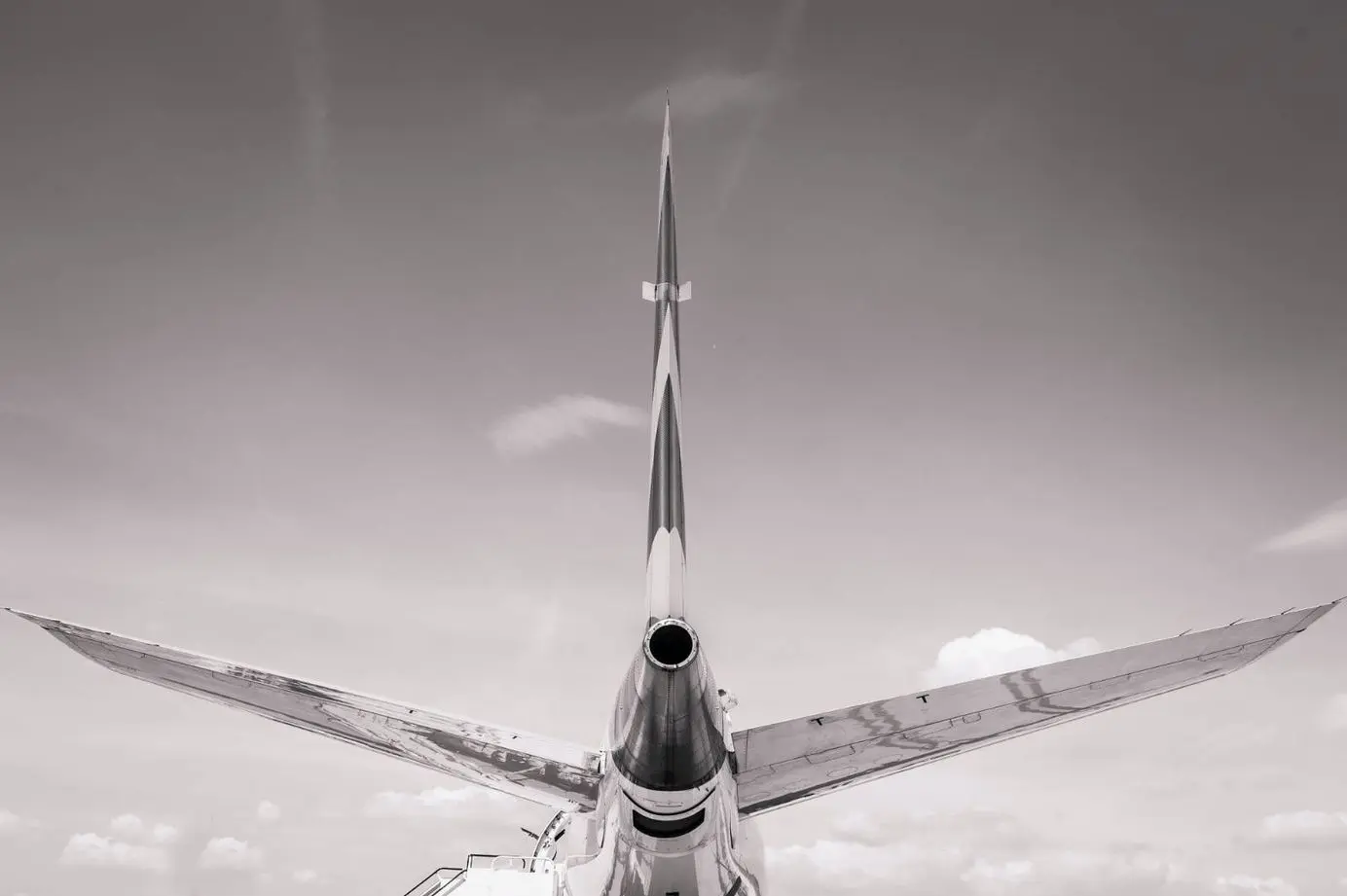
Can a Plane Fly Without the Vertical Stabilizer?
What is a vertical stabilizer and can a plane fly without it?
Table of Contents
It is hard to miss the large upwards mounted vertical stabilizers of modern aircraft. But they are more than a place for the airline to put their logo on. They play a very important role to the stability of the airplane in flight.
Learn more about vertical stabilizers, their purpose and why they are used on so many aircraft. Ultimately we answer whether an airplane can fly without one. We also take a look at an iconic military aircraft that is born without a vertical stabilizer, and explores how that is possible.
What Is a Vertical Stabilizer?
The vertical stabilizer is normally located at the aft part of the aircraft. Its main purpose is to provide directional stability and reduce aerodynamic side slip.
Vertical stabilizers are usually pointing upwards and is a part of the tail section of the aircraft. Because they are mounted vertical, they also provide two major aerodynamic benefits. First, vertical stabilizers are subject to drag, which increases at higher speeds. This helps to prevent overspeeding and generates a mild natural nose-up tendency for the aircraft. Second, when the airplane banks, it acts as a wing and thus creates lift. In turn, this counters the banking tendency and keeps the plane straight if no control input is provided by the flight crew.
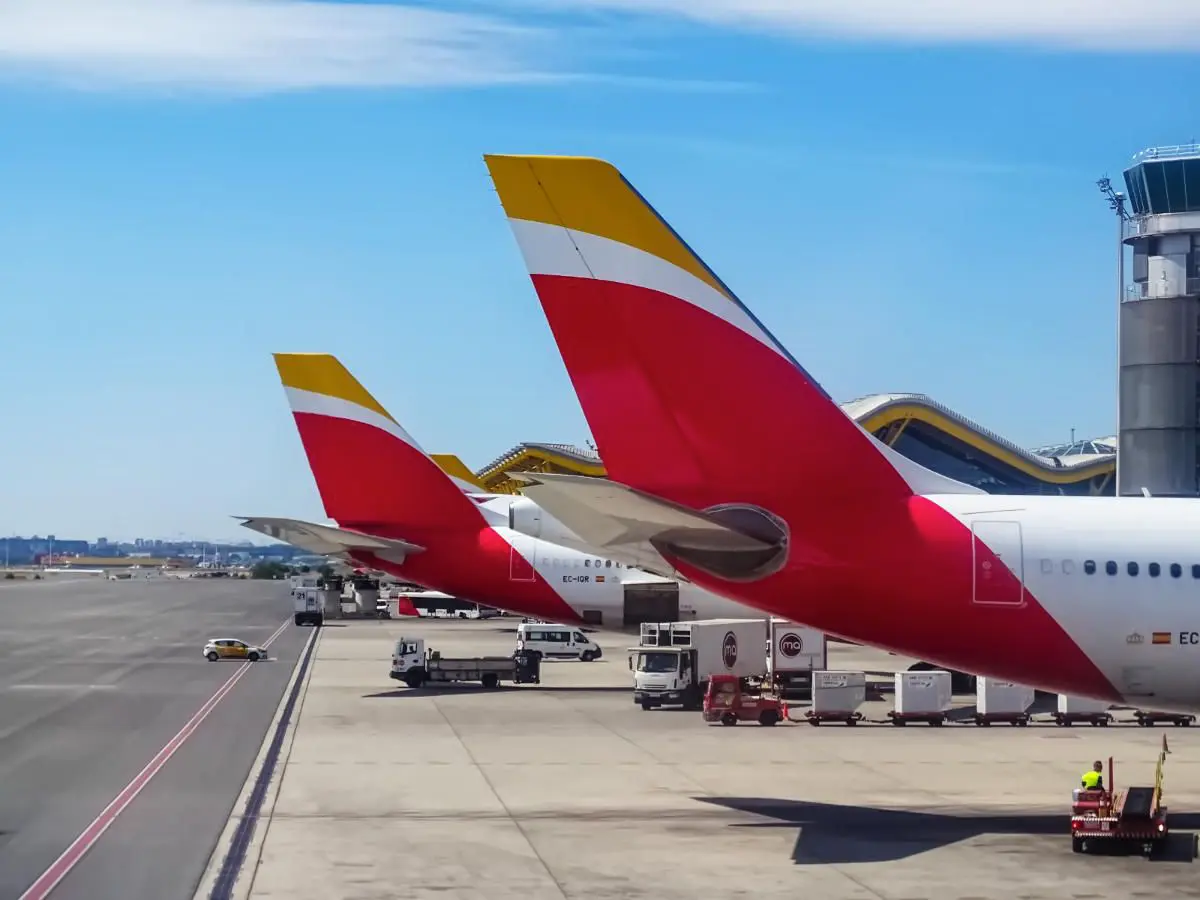
The trailing end of the vertical stabilizer is called the rudder and is a movable control surface. The pilots use the rudder to move the aircraft in the yaw axis (also called the vertical axis). Pilots manipulate the rudder via pedals in the cockpit.
Navigation radio and tranceiver antennas are usually located in the vertical stabilizer as well. On trijet aircraft, there can even be an engine mounted in the vertical stabilizer, although this is becoming increasingly rare.
Can a Plane Fly Without the Vertical Stabilizer?
It depends on the type of damage and the design of the plane.
If the aircraft looses only the rudder, it is not catastrophic. But it is still very serious. Without the rudder, the pilots loose the majority of the control of the yaw axis. It is possible to make small adjustments, for example by adjusting thrust on each side of the aircraft, but control at low speed will be poor. Overall though, the aircraft would still be rather stable and stay in the air. But the pilots would need to land as fast as possible, and even that involves a great deal of risk without a rudder. Especially in high winds, where a rudder is a near must.
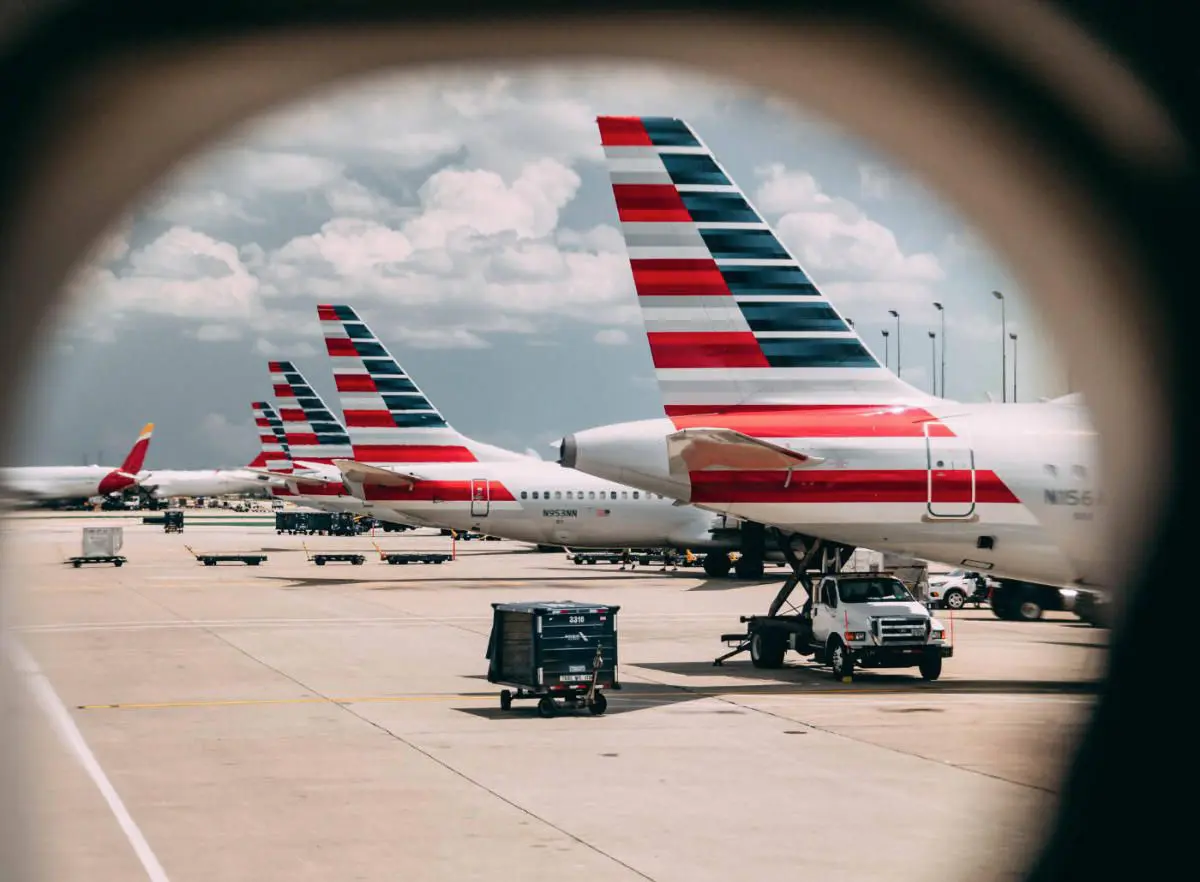
If the whole vertical stabilizer is lost, it would be incredibly difficult to safely control and land the airplane. Without the vertical stabilizer, the aircraft would loose the stability in the yaw axis. So not only is the ability to control the yaw axis lost (because of the missing rudder), but so is the device that makes the aircraft stable in the yaw axis.
Conventional airliners cannot fly without the vertical stabilizer. If it is lost during flight, the airplane would most likely crash.
It Has Happened Before
Although it is an extremely unlikely and rare event, the loss of a vertical stabilizer has in fact occurred on passenger flights.
In 1985, Japan Airlines Flight 123 suffered an in-flight structural failure leading to rapid decompression that ripped off large parts of the tail and vertical stabilizer. The flight crew managed to keep the aircraft in the air for some time, but ultimately lost control and crashed. Investigations found that an improper repair of a previous damage caused the structural failure and in turn the decompression. 520 passengers died and only four survived.
16 years later, American Airlines Flight 587 lost its vertical stabilizer when one of the pilot's excessive rudder inputs over-stressed it. Wake turbulence from a Boeing 747 that took off before Flight 587 caused one of the pilots to quickly change between moving the rudder left and right. After loosing the vertical stabilizer, the pilots lost control of the aircraft and it crashed into a neighborhood killing everyone onboard and five people on the ground.
What About the Aircraft That Has No Vertical Stabilizer by Design?
Conventional airplanes that are designed to fly with a vertical stabilizer, cannot fly without one.
But some aircraft are actually designed without a vertical stabilizer. The most known is perhaps the Northrop Grumman B-2 Spirit. Northrop Grumman designed the B-2 as a "flying wing" and it has no vertical stabilizer mounted. It still needs yaw axis stability measures but it has to come from somewhere else.
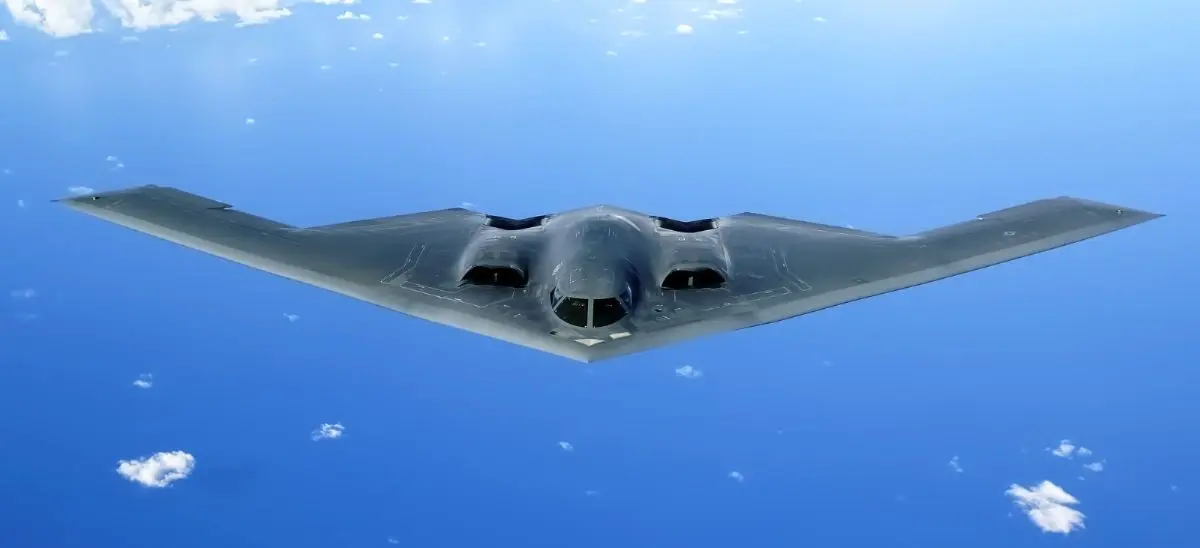
In the B-2, advanced computer systems use flight-by-wire flight controls to stabilize the plane. The complex system adjusts control surfaces on the wings to keep the aircraft stable. Special split flaps on the wings open and creates drag on the wing it is placed on. That pulls the side of the aircraft back and keeps the B-2 stable.
The computers receive data and information from sensors all over the aircraft and monitors several external conditions. For example angle of attack data and air speed. It operates with multiple levels of redundancy.
The system is completely independent from the pilots and requires no control input from them.
The B-2 Spirit is by design able to fly without a vertical stabilizer, and thus have special systems to ensure a stable flight. Conventional airliners do not.
Bottom Line
A vertical stabilizer is designed to provide directional stability to the aircraft, and is a key part of the aerodynamic structure of a conventional aircraft.
If an airliner lost its vertical stabilizer during flight, the aircraft would loose stability in the yaw axis. It would be very difficult for the pilots to control the plane, and it would most likely crash. It has happened before, but it is a very rare event.
A vertical stabilizer is absolutely vital to an aircraft that is designed to have one. Some are not, like the B-2 Spirit. But the B-2 is equipped with highly advanced computer systems and special flaps to compensate for the lack of a vertical stabilizer.
Planenerd Newsletter
Join the newsletter to receive the latest updates in your inbox.


